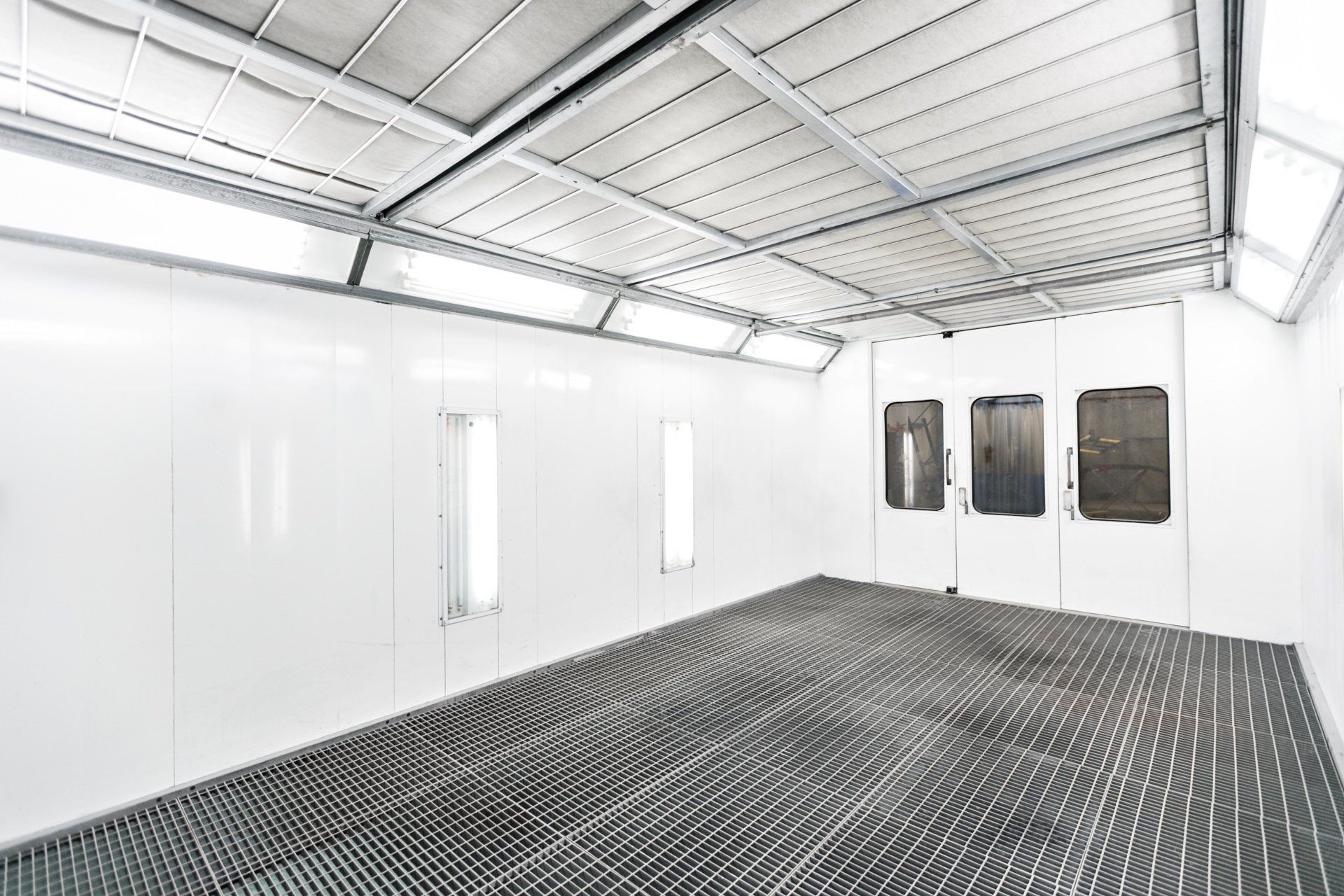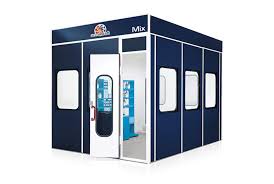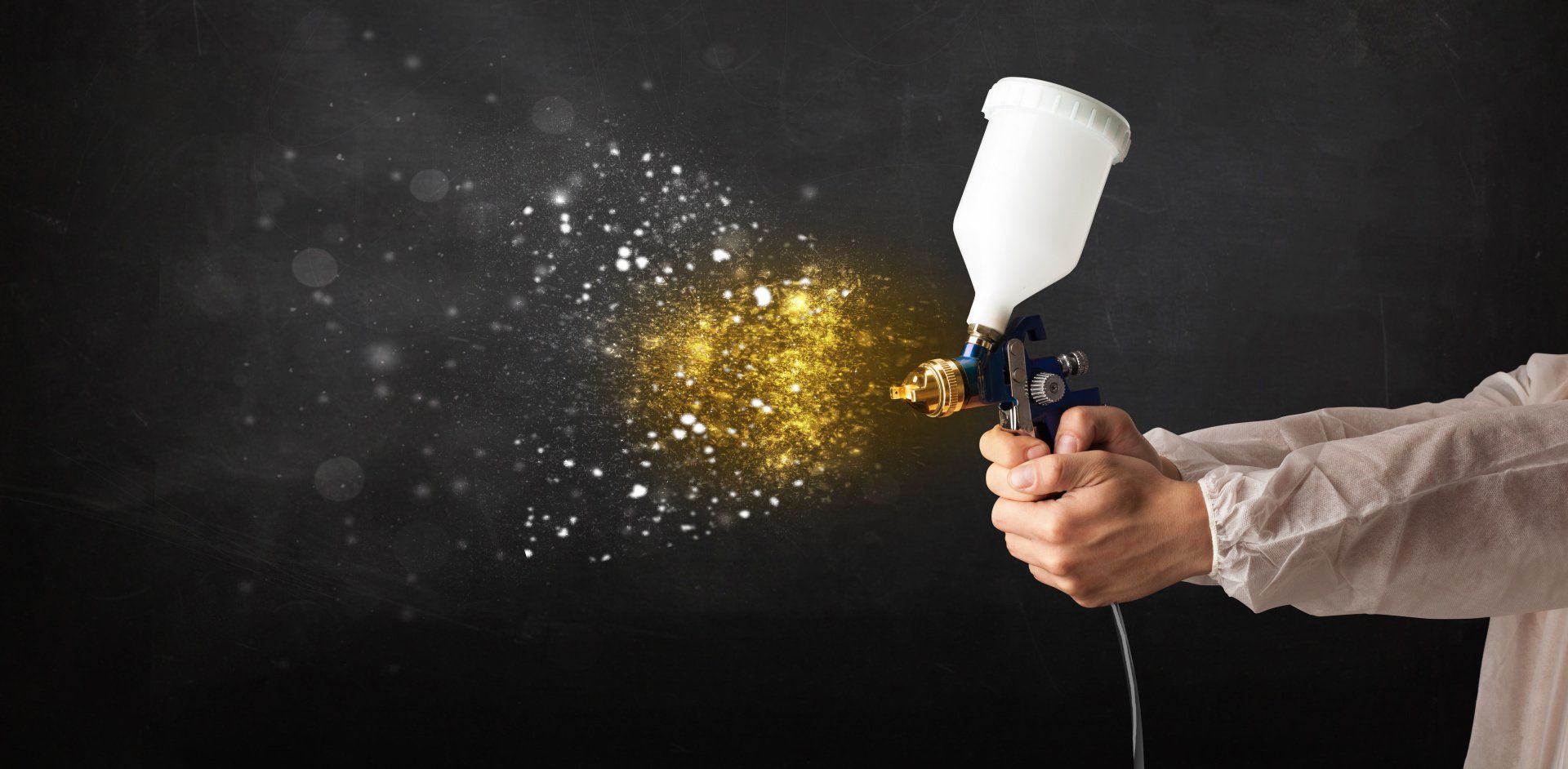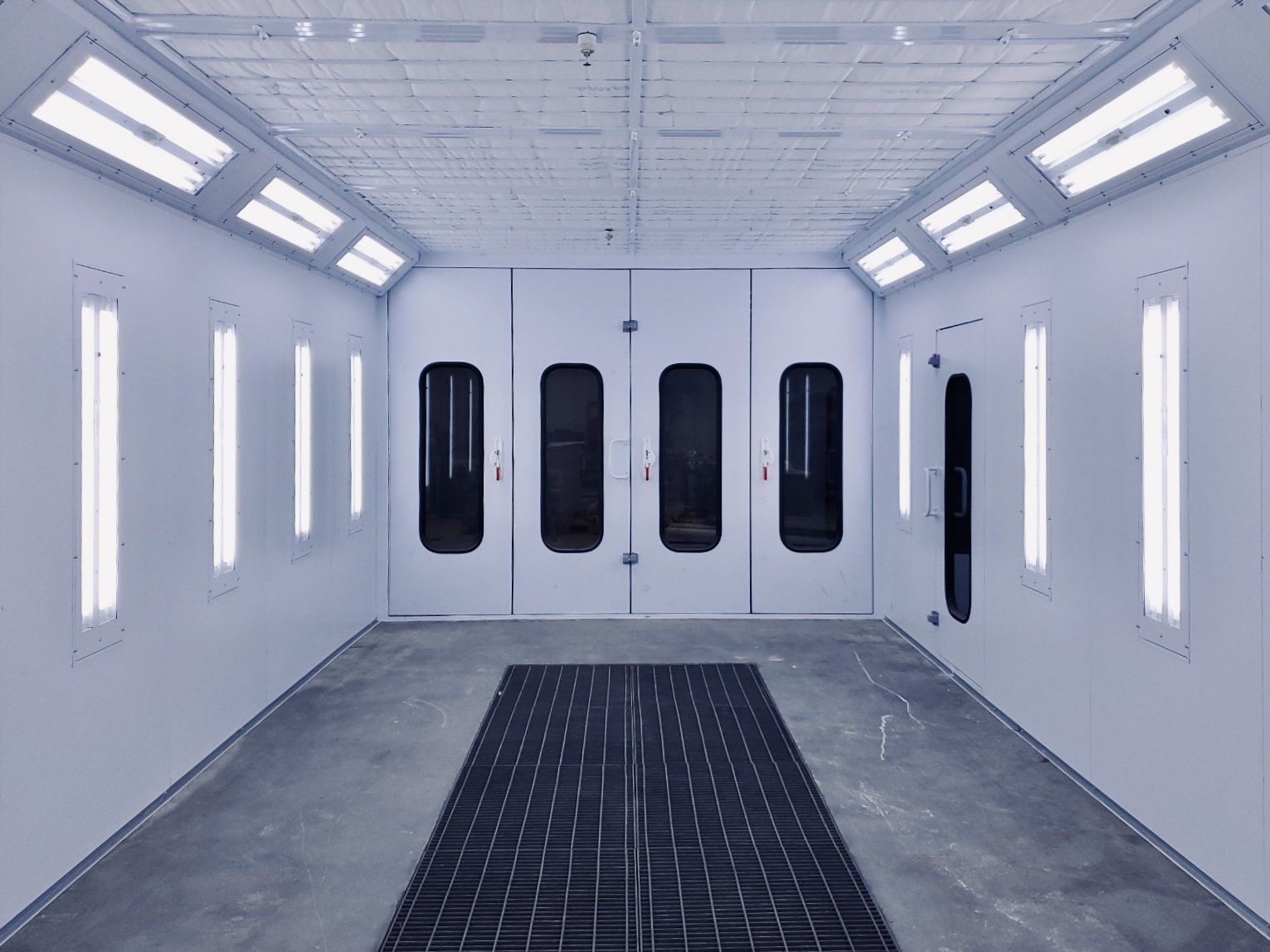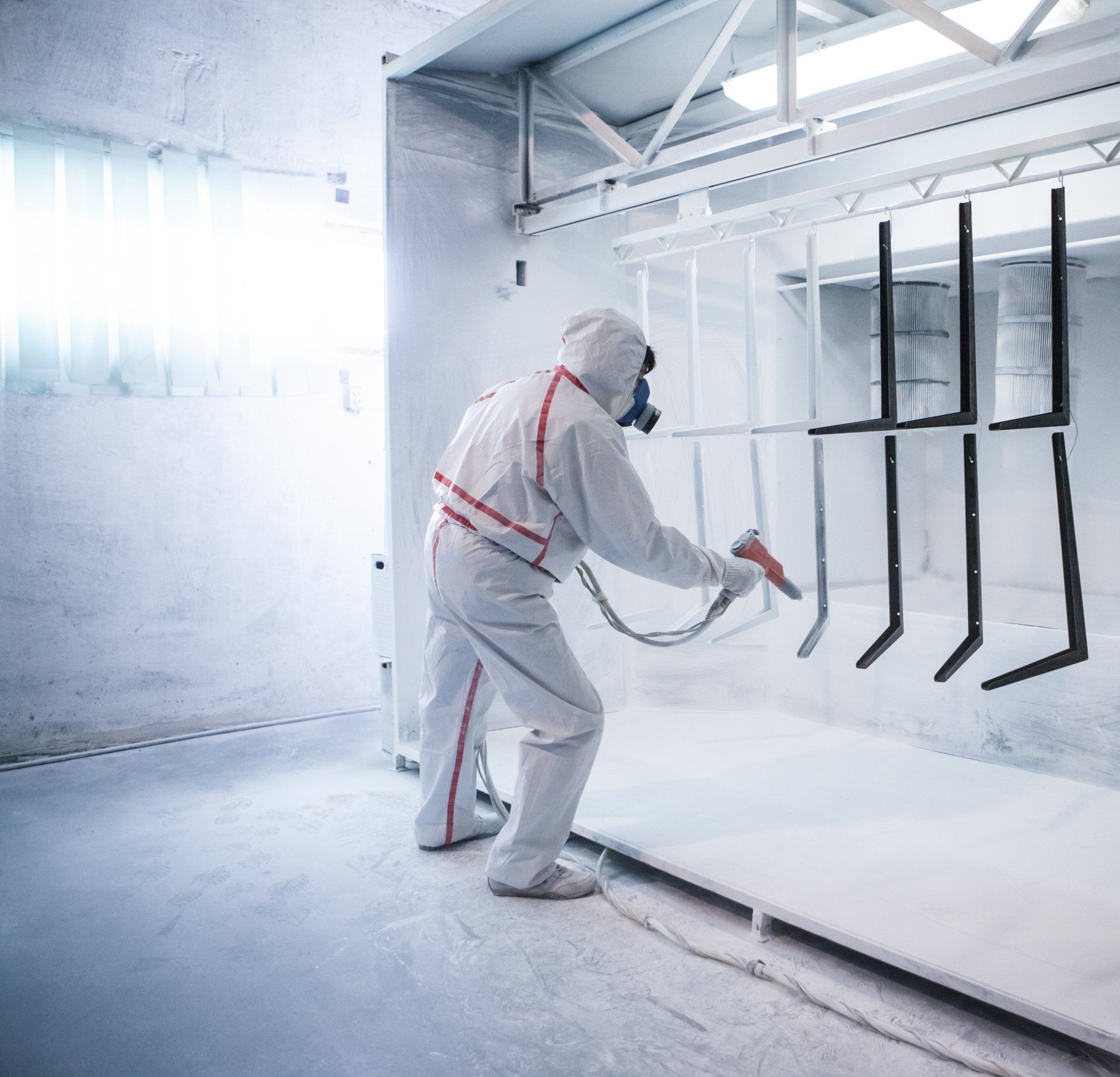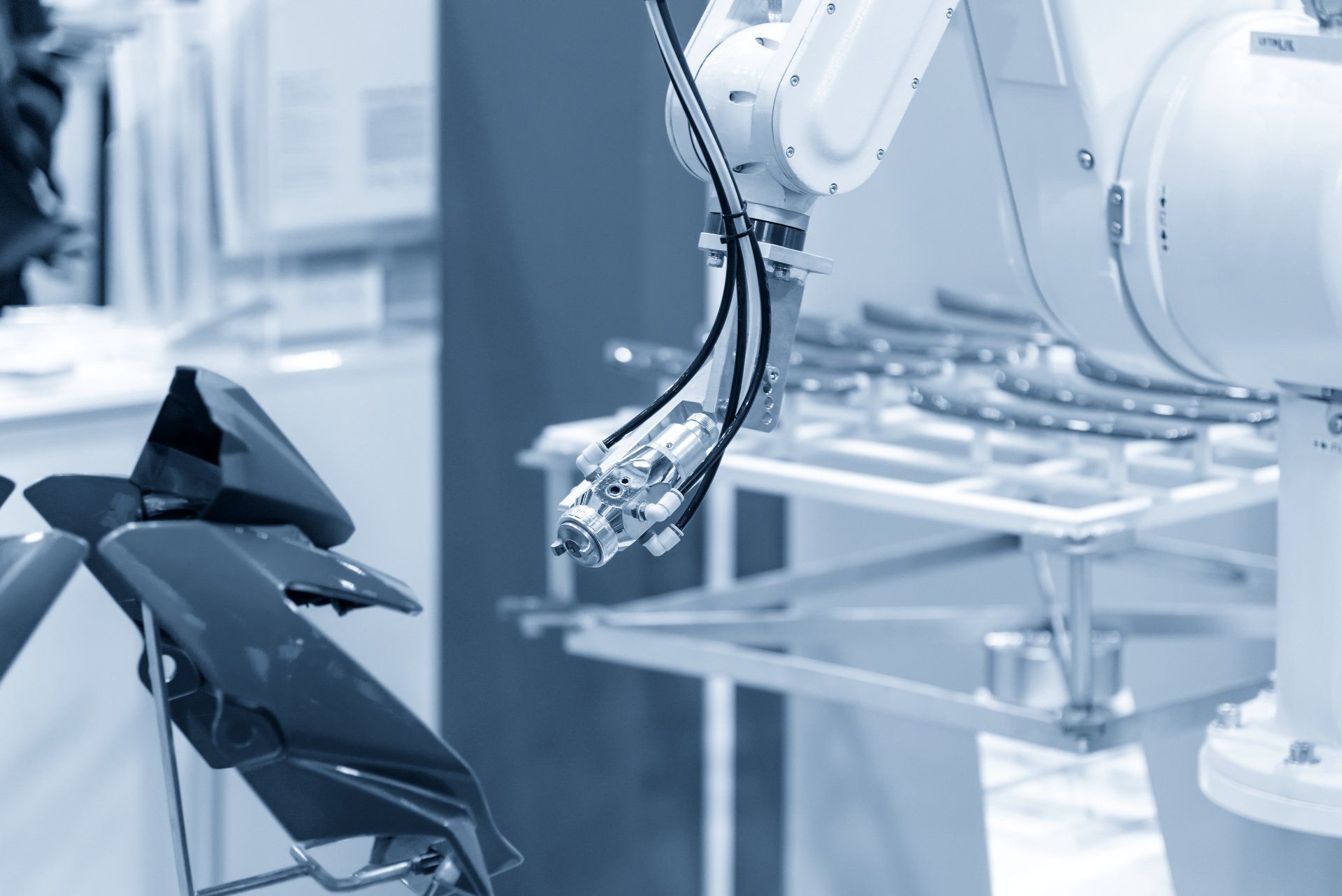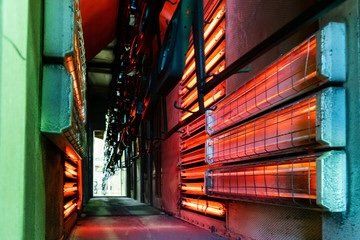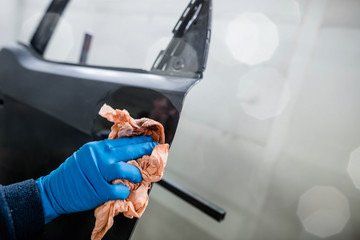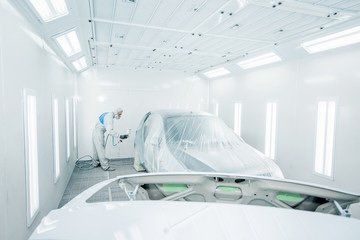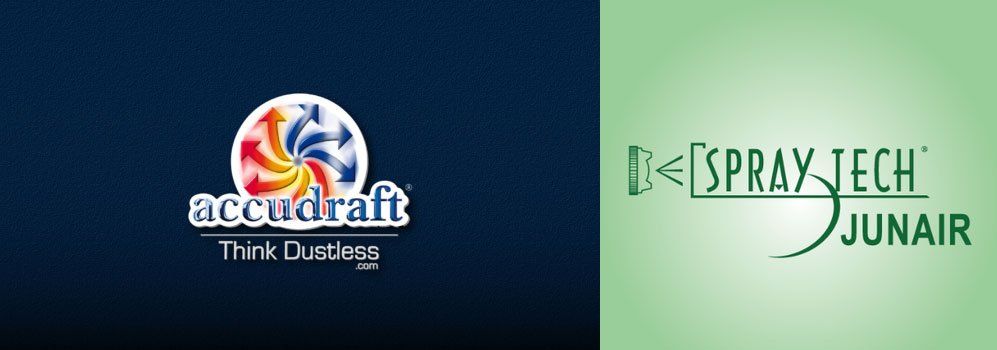Industrial Pretreatment System Benefits 101
You can’t just go spraying quality powder coats or liquid paints onto any metal parts, you know. There has to first be a thorough and effective washing process that removes contaminants. These contaminants would otherwise prevent the powder coat or paint from bonding with the surface of the parts. What are these contaminants? Typically the manufacturing and transport process of these parts leaves by-products like grease, oil and other dirt on the surface.
The best tool for this cleaning process is an industrial pretreatment washer that uses water wash. Such devices bring many benefits to an operation, which we will explore in more detail below.
How do industrial pretreatment washing systems work?
When you see one set up, it should put you in mind of a car wash operation. The metal parts pass through on a conveyor belt for a multi-stage cleaning --- typically a chemical cleaning stage followed by water and rinse, but sometimes further stages --- before being dried in a recirculating air blow-off system. Specific cleaning materials can be tailored to suit the materials from which the metal components are made.
Benefits of these systems:
1. They are labor-saving devices
Alternatives to these machines typically involve much more labor-intensive processes that have to manually wash the parts. These workers have to be trained and equipped with hand-held power washers to get the job done.
2. They maintain a consistently high standard of cleaning
Another key benefit over manual power washing is that these machines will maintain thorough cleaning standards. Their system-guided targeting and multi-directional nozzles mean every spot on every part gets cleaned the same way. A manual approach means that this consistency is next-to impossible.
3. They reduce water costs
A pretreatment washer will use the same amount of water each time it cleans a part. Manual power washers are much less predictable, as there will always be more excess, waste and even misdirected water that gets used to achieve a clean each time. Every drop of water costs your operation something, so efficiently using every drop is a must.
4. They are all-in-1 systems
If you manually wash the individual parts, then you also have to find a way to dry them. The beauty of the industrial pretreatment water wash systems is that they come with a built-in drying facility, meaning that all you have to do is feed the parts in, and when they come out they are ready to use. Manual washing means likely taking up one of your valuable low-temperatures ovens to dry them afterward, which could result in a significant bottleneck should you need that oven for other things.
Make the investment and reap the rewards
Installing a pretreatment washer system requires an initial investment, but like many other automated upgrades, it is a gift that keeps on giving. When you analyze post-installation water usage, wash quality and overall efficiency, you’ll wonder what you ever did without it. Talk to us today at Ecotech Systems to learn more about our industrial washers and how they can benefit your operation.
